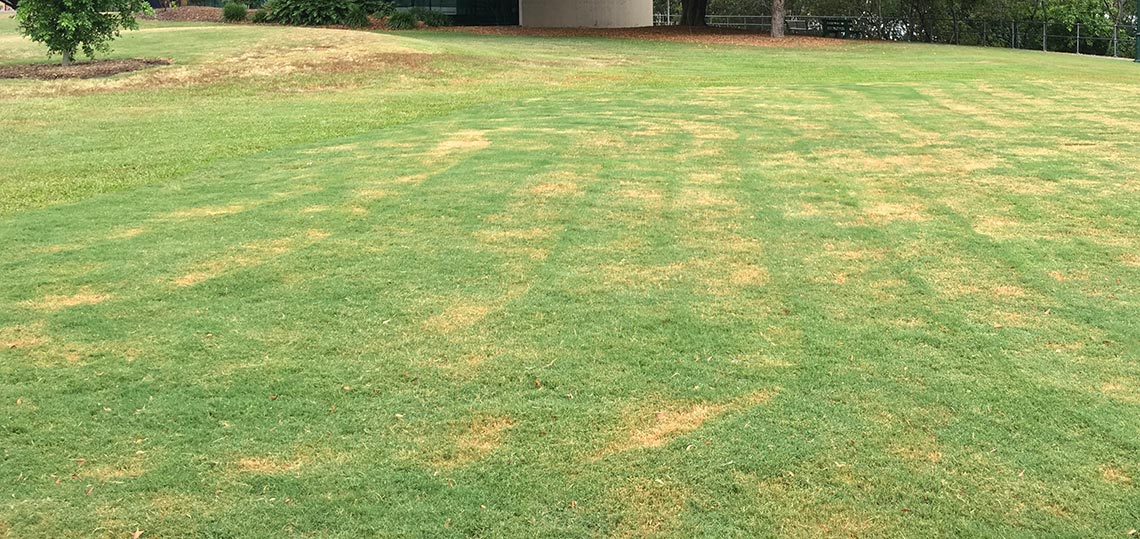Winter Lawn Maintenance

For most Australian lawn owners, our warm season grasses thrive during warmer weather, then experience slowed growth as the weather cools. With increased shade, lower daylight hours, and reduced soil temperatures, winter can drain the life from lawns. Your yard will generally lose colour, become thin, and show damage — but with some tips from our experts, you can keep your grass greener during winter.
Remove weeds:
Bindii, clover, dandelions, thistles, and other broad-leafed weeds could take advantage of your lawn’s weakened state and choke the root system if left unattended. It is best to treat them as soon as possible before they spread, using formulated herbicides and weeders.
Fertilise:
Your lawn will be hungry for nutrients during the cooler months. A good plan is to fertilise in May, just before winter kicks in, then reapply around eight weeks later. Look for a high quality fertiliser rich in nitrogen, iron, phosphorus, and potassium, which will support your lawn’s winter health. Speak to the professionals about finding the right fertiliser to support your grass and soil composition.
Increase mowing heights:
You will need to change your mowing habits during winter, both in height and frequency. Fewer daylight hours will affect your lawn’s ability to photosynthesise. In other words, it will grow slower, so it is a good idea to raise your mowing height by a notch or two. You will also find, as a general rule, that the grass will only need mowing once a month.
Decrease watering:
The temperature in the air and in the soil will naturally decrease during winter. Over-watering during this time can increase the possibility of diseases or rotting in your lawn. Instead, you should always try to give your grass one last soak before the chill of winter sets in. This will also be helpful for your fertilising.
Aerate:
The torrential downpours that Brisbane is prone to can make lawn maintenance tricky. The best way to avoid a flood in your front yard is by spiking and aerating your lawn. Over time, your lawn is likely to become compact, which can prevent water from soaking into the soil. Hire an aerator to give your lawn some breathing space, or simply use a garden fork — push it into the ground as far as possible every 10 centimetres or so.
Keep it clear:
Your lawn needs your help to get as much sunlight as possible during the cold months. That means you should plan ahead. Prune trees and bushes in autumn, make sure that leaves and grass clipping are removed, and clear the lawn of any unnecessary obstacles that could starve it of air or sunlight.


